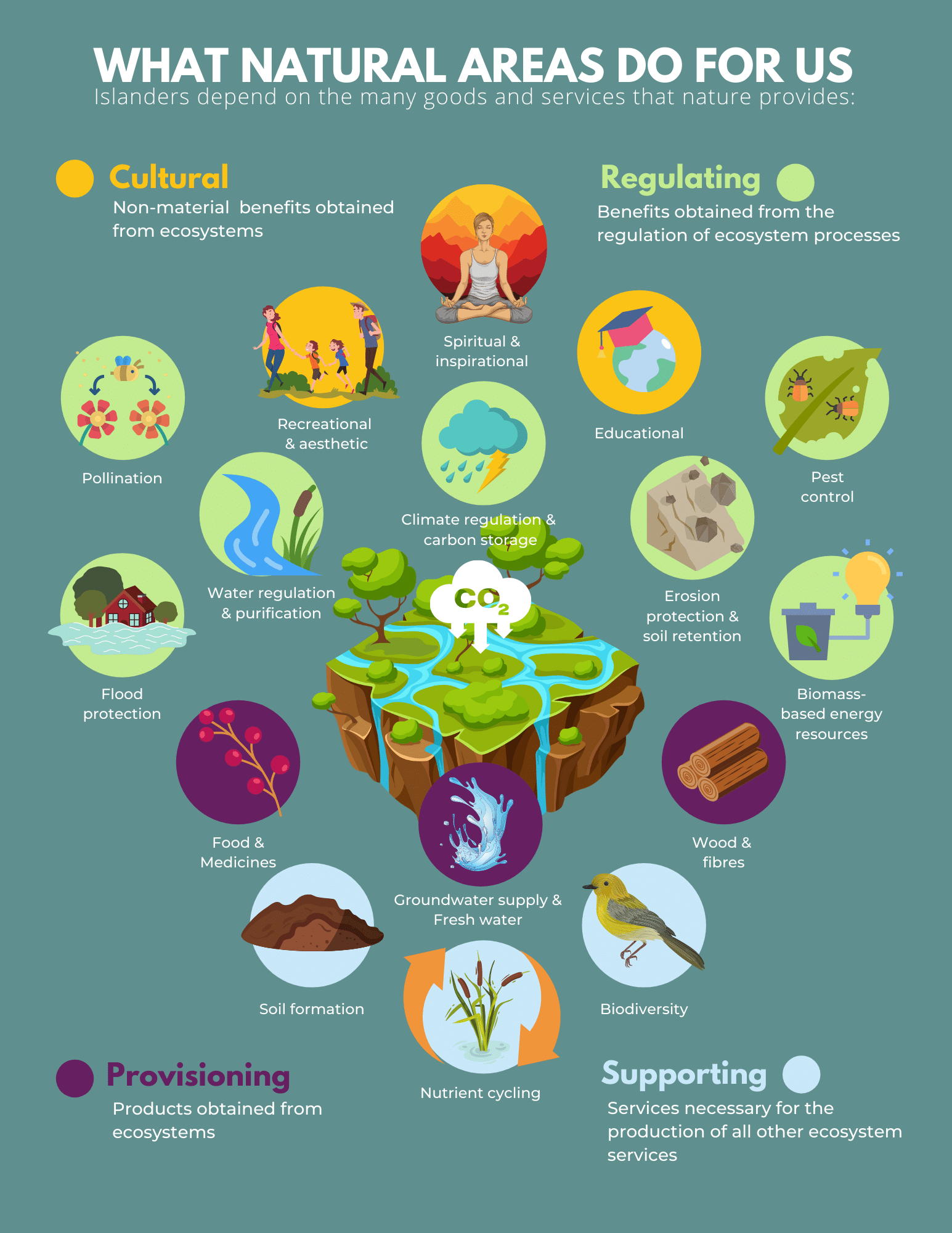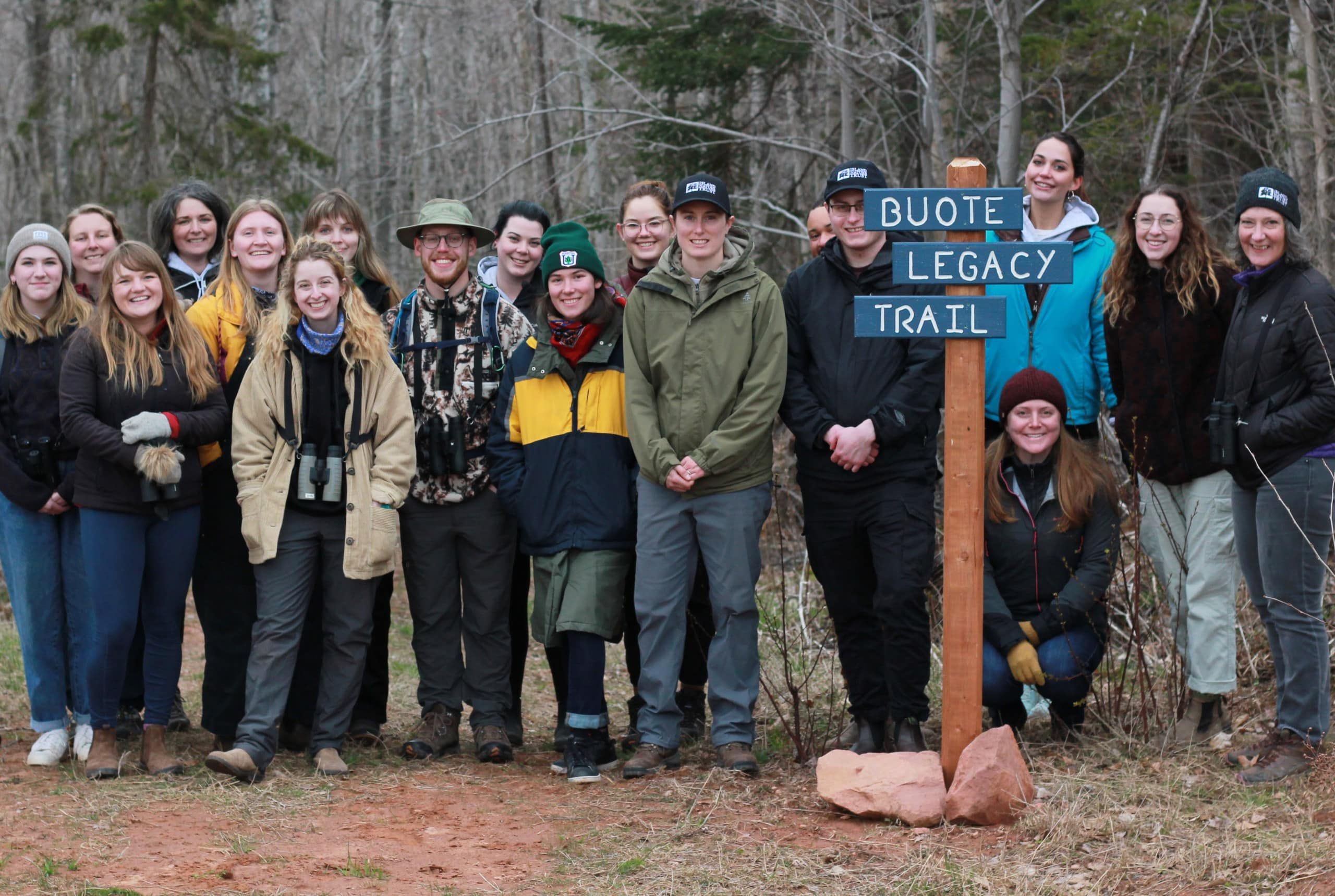By Janell Smith
What are ecosystem services and why are they important?
Ecosystem services are the benefits that nature provides to humans and are often categorized into provisioning, regulating, supporting and cultural. You may be most familiar with provisioning ecosystem services – including food from forests, fields, and oceans; lumber for timber and firewood; drinking water; and even natural gas and oil. Other provisioning services include plants for clothing and materials, as well as natural medicines.
Regulating services provided by natural ecosystems include climate regulation, pollination, purification of water, erosion control, flood control, and carbon storage. Supporting services include the processes that often go unseen but are fundamental to human health, such as soil formation, nutrient cycling, and water cycling. Cultural services are the non-material benefits provided by nature through spiritual enrichment, inspiration, recreation, and aesthetic value (as you can see, ecosystem services are vital to our everyday lives!). As with all life, the categories of ecosystem services are interconnected. For example, fruit trees (provisioning service) rely on the soil (supporting service) and pollination (regulating service) to thrive.

What is payment for ecosystem services?
Historically, most ecosystem services have not been monetized, except for some provisioning services that have a market value (e.g. timber, food). To recognize the significant benefits of ecosystem services and the true cost of losing them, there has been a move to place an economic value on them. Some ecosystem services are easier to value than others, with cultural and supporting services being more difficult or impossible (e.g. how do you value a sense of place or inspiration), leading some researchers to suggest that they be valued in noneconomic terms. This recognizes that a benefit exists, but does not provide a dollar value. There are a variety of tools and techniques used to value ecosystem services. One technique is to use replacement cost. For example, if a wetland that provided water storage and purification to a nearby community was at risk of being developed, the value of this wetland from a replacement cost perspective would be the cost to construct infrastructure to replace the services provided by the wetland. While this may seem too simplified and not recognize many of the inherent ecological benefits of the wetland, in our current economic paradigm it can provide useful information to make more sustainable decisions. If the cost to replace these services is too high, the development may not proceed; while if ecosystem services are not valued at all, it is very likely that the development would proceed regardless of the impacts of ecological degradation.
Payment for ecosystem services (PES) are initiatives where the owners of natural assets are compensated for the provision of ecosystem services. Often, the supplier of ecosystem services is the landowner, while the buyer could be governments, corporations, and/or individuals. Examples include:
- The government may pay landowners for the provision of an ecosystem service, with the intent that the landowner will allow the land to continue to provide the public good. For example, in PEI, through the Alternative Land Use Services (ALUS) program, agricultural producers are paid by the Province of PEI to delay haying until after July 15th to allow grassland birds to fledge their young.
- Corporations may be interested in paying for ecosystem services for corporate social responsibility initiatives, or even to promote the success of their business. For example, in France, a bottled water company paid upstream farmers to use different agricultural practices to reduce nitrates in their bottled water.
- Individuals may buy carbon offsets to reduce the impact of their travel. Depending on who they buy offsets from, they can support forest owners using sustainable management practices.
What’s the difference between natural capital/natural assets, and ecosystem services?
Natural capital or natural assets are the natural resources (soil, air, water, living things) in an area, while ecosystem services are the benefits that flow to humans from natural capital/natural assets. I used to struggle with the idea of monetizing natural assets. How can you put a price on living organisms and systems? It took a shift in my mindset to recognize the benefit of valuation. We live in a world where the dominant worldview is based on the economy. While we cannot truly value ecosystem services, developing a proxy can help us to recognize that nature is very valuable and should be incorporated into our decision making. Unfortunately, without this value, nature is often ignored or placed last in decision making.
I recently watched a presentation by Michelle Molnar of Municipal Natural Assets Initiative that really resonated with me. She said there is a difference between valuing nature (which is invaluable) and valuing the services that nature provides (not nature itself). Michelle used a metaphor of people and their jobs. Valuing these ecosystem services is like valuing the skillset of people. It is valuing the work they do, not placing value on a human life. Similarly, valuing ecosystem services is valuing the work of nature, not nature itself.
Be A Champion For Nature
We all share a unique connection to nature, and our supporters express it in diverse ways.
They are our Champions of Nature, coming from various backgrounds – from hands-on volunteers to
digital advocates, creative fundraisers, and generous donors.
What kind of Champion for Nature are you?
Get in touch
Connect with our team

Sign up
To Our
Newsletter
Be the first to know about
future events, news and
campaigns.
Follow Us
#givingbacktonature




